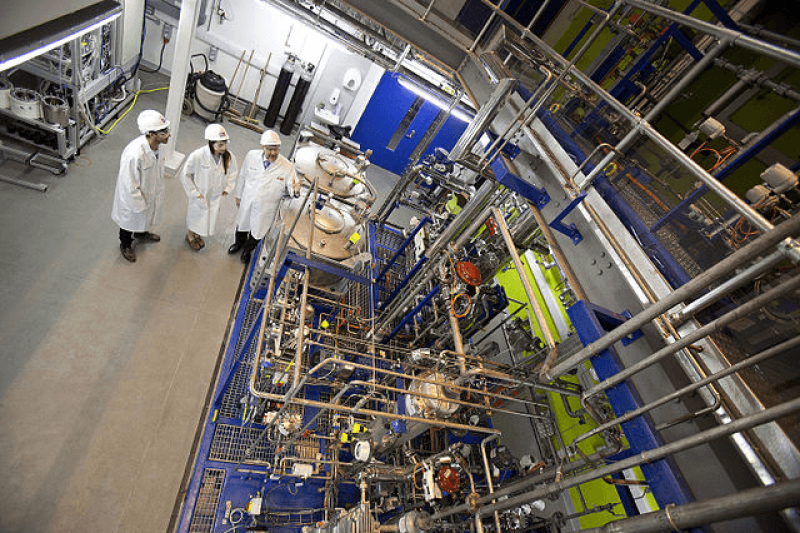In August, the Biden Administration granted $1.2 billion in federal funding to kickstart a project intended to vacuum carbon dioxide up from the atmosphere to offset global warming.
Projects like these, generally known as carbon removal or carbon capture, aim to use industrialized technologies to suck up excess carbon in the atmosphere and bury it in long-term storage underground through CO2 pipelines. The direct air capture project funded by Biden will be located in Texas and Louisiana and is estimated to be the largest such project in the world.
How adept at removing carbon these strategies are remains to be seen. In an analysis of 11 projects included in the Department of Energy’s 2010 carbon capture plan, seven never got off the ground, one imploded — yes, you read that right — one shut down due to a lack of funding, and the other two “successful” projects barely captured enough carbon to balance out the energy cost of the facilities.
The Biden Administration set a target of each facility removing millions of tons annually with this technology and costing under $100 per ton of carbon removed. However, the world’s largest facility, Orca, in Iceland currently removes just 4,000 tons a year, and most of the 18 facilities in circulation globally cost between $200 to $800 per ton.































